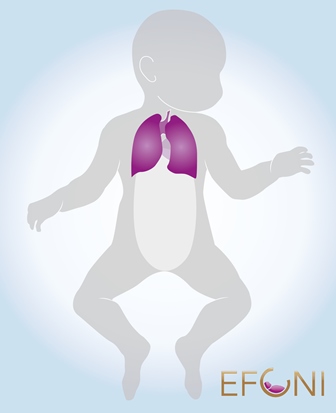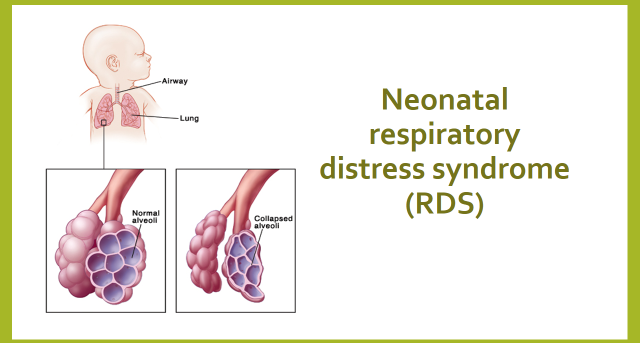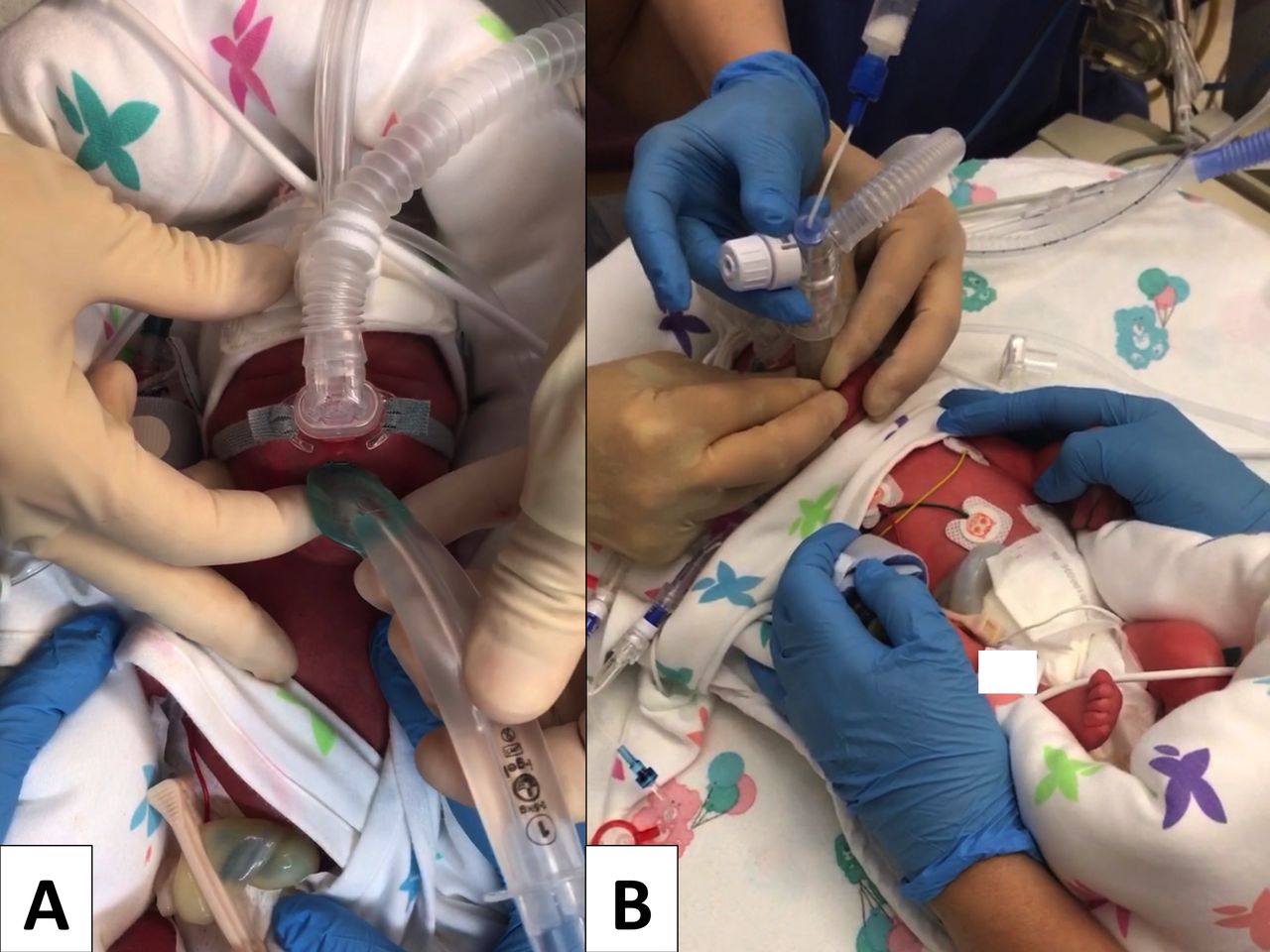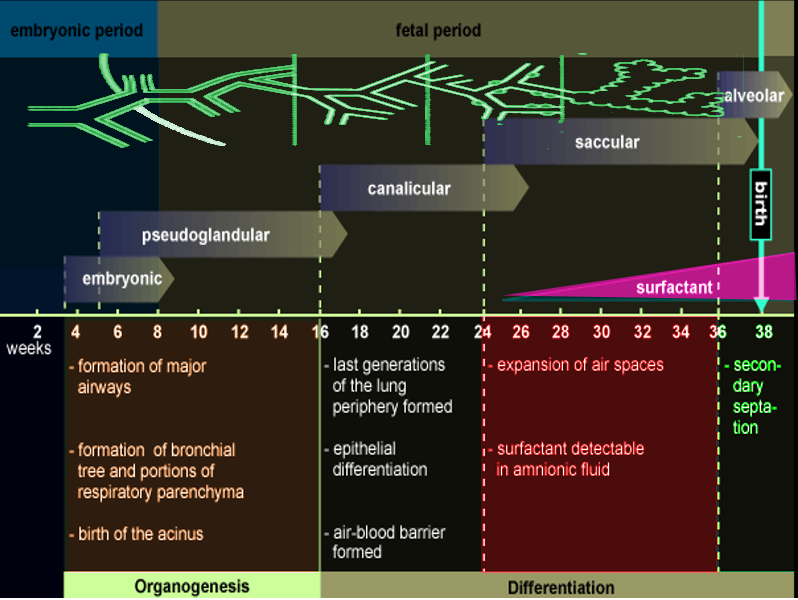Surfactant is administered at the time of birth or shortly thereafter to infants who are at high risk for developing rds from surfactant deficiency; Surfactant has been administered either by disconnecting the infant from the ventilator and applying bagging, or by continuing ventilation during the procedure.

Treatment Of Breathing Problems In Premature Babies
It is a preventative strategy where surfactant is routinely administered to preterm infants below a certain gestation threshold (usually < 28 weeks).

How is surfactant administered to premature babies. If premature delivery is unavoidable but not imminent, then steroids are given to the mother before delivery can help a babys lungs to produce surfactant. How is surfactant administered to newborns? Surfactant creates a continuously reforming surface layer
Surfactant replacement therapy for premature babies acts to keep the alveoli from sticking together, and is supplemented with oxygen or ventilation to help the baby breathe. In the developing world, however, the availability of this treatment is often limited by poor access to surfactant and a lack of expertise and equipment needed to administer it. Surfactant is a substance that allows the alveoli to remain open, making gas exchange easier.
The surfactant is administered via a thin catheter into the trachea in small aliquots, while the baby is spontaneously breathing on cpap support. However, more recently noninvasive methods like least invasive surfactant therapy or minimally invasive surfactant therapy. In a recent study, gpel et al 25 randomized 220 preterm infants born at 26 to 28 weeks gestation to receive either surfactant administered via a thin plastic catheter (using laryngoscopy) or surfactant administered as a rescue therapy.
The total dose is usually given less than a minute. Ventilator support or inspired oxygen may need to be temporarily increased. Preterm infants with respiratory distress syndrome (rds) requiring surfactant therapy have been traditionally receiving surfactant by intubation surfactant and extubation technique (insure), which comprises of tracheal intubation, surfactant administration, and extubation.
The majority of premature babies recover from rds without major complications, while others are at risk for chronic breathing difficulties. They are also particularly susceptible to illnesses of the respiratory organ, which have to be treated by means of inhalation. Because of the rapid changes in lung mechanics and the ventilation/perfusion matching that occurs after rescue surfactant therapy, and the prevention of serious lung disease by the prophylactic use of natural surfactants, many infants can be very rapidly weaned and extubated to nasal continuous positive airway pressure (cpap) within 1 h of intubation and surfactant administration.
Surfactant in preterm infants introduction pulmonary surfactant is a complex mixture of phospholipids and proteins that serves to reduce alveolar surface tension. This is a retrospective cohort study of 206 preterm infants admitted in four level iii neonatal intensive care units of acute tertiary care. This is usually done in delivery room soon after birth regardless of babys condition or presence/severity of rds.
Also, how is surfactant administered to newborns? To evaluate the initial doses of surfactant administered to preterm infants with respiratory distress syndrome. All infants were maintained on cpap.
Surfactant replacement therapy for premature babies acts to keep the alveoli from sticking together, and is supplemented with oxygen or ventilation to help the baby breathe. The total dose is usually given less than a minute. The surfactant is administered via a thin catheter into the trachea in small aliquots, while the baby is spontaneously breathing on cpap support.
It is formed by type ii pneumocytes from about 20 weeks of gestation. Ventilator support or inspired oxygen may need to. Steroids work best when they are given between 24 hours and 7 days before birth, so theyre not useful in every pregnancy.

Pdf Effects Of Surfactants On Preterm Infant Lungs

Ex-991 2 Ex99_1htm Exhibit 991 Exhibit

Surfactant Replacement In Neonates By Brian Walsh For Openpediatrics - Youtube

Surfactant Replacement Therapy A Milestone In Neonatology Efcni

Nicu Procedures- Surfactant Administration In A Preterm Infant - Youtube

Surfactant Administration In Preterm Infants Drug Development Opportunities - The Journal Of Pediatrics

How To Use Surfcath A Catheter For Smoother Administration Of Surfactant In Premature Babies - Youtube

Respiratory Distress Syndrome Of The Newborn Rt

Respiratory Distress In Infants And Adults - Brave Beginnings

Supraglottic Airway Devices For Administration Of Surfactant To Newborn Infants With Respiratory Distress Syndrome A Narrative Review Adc Fetal Neonatal Edition

Pdf Implementation Of Surfactant Treatment During Continuous Positive Airway Pressure

Pdf Estimation Of Early Life Endogenous Surfactant Pool And Cpap Failure In Preterm Neonates With Rds
Slhdnswgovau

Surfactant Administration Nicu - Youtube

Less Invasive Surfactant Administration A Word Of Caution - The Lancet Child Adolescent Health

Less Invasive Surfactant Administration A Word Of Caution - The Lancet Child Adolescent Health
Surfactant Article

Lung Recruitment Before Surfactant Administration In Extremely Preterm Neonates With Respiratory Distress Syndrome In-rec-sur-e A Randomised Unblinded Controlled Trial - The Lancet Respiratory Medicine

Nicu Procedures- Surfactant Administration In A Preterm Infant - Youtube
How Is Surfactant Administered To Premature Babies. There are any How Is Surfactant Administered To Premature Babies in here.
